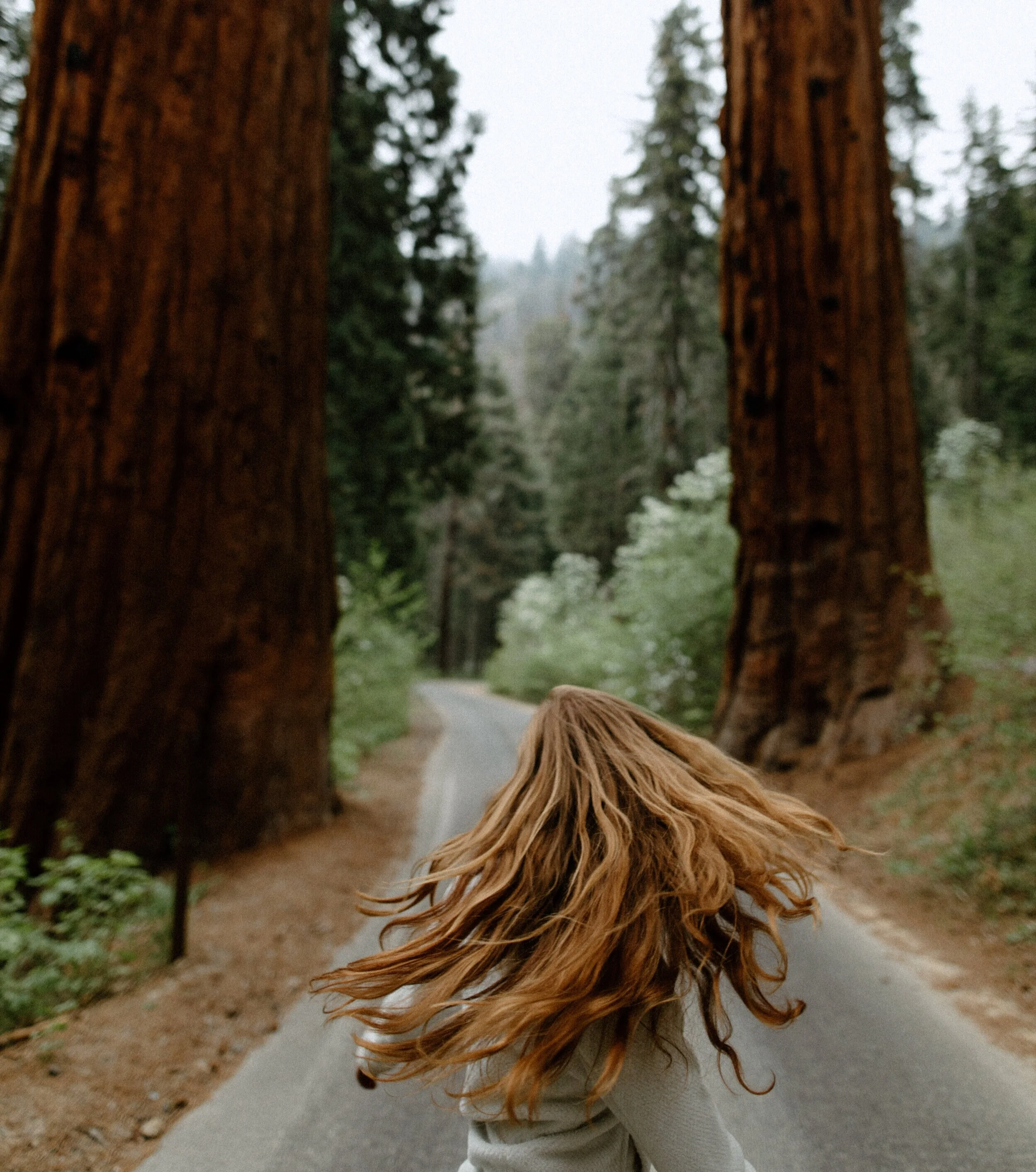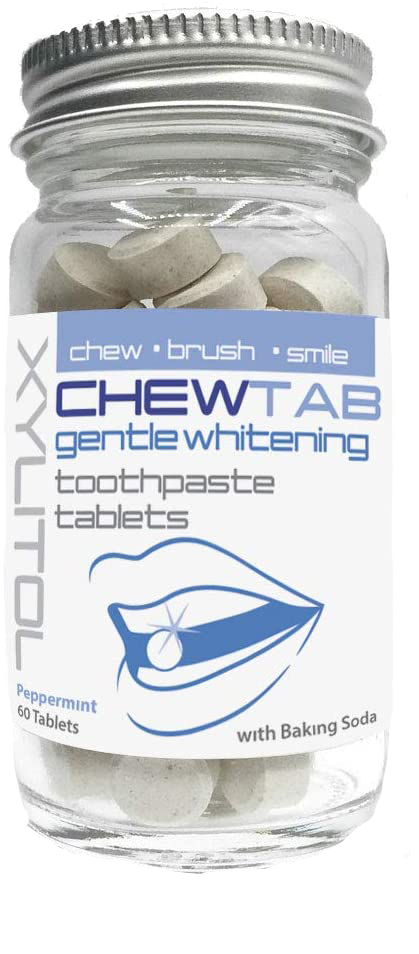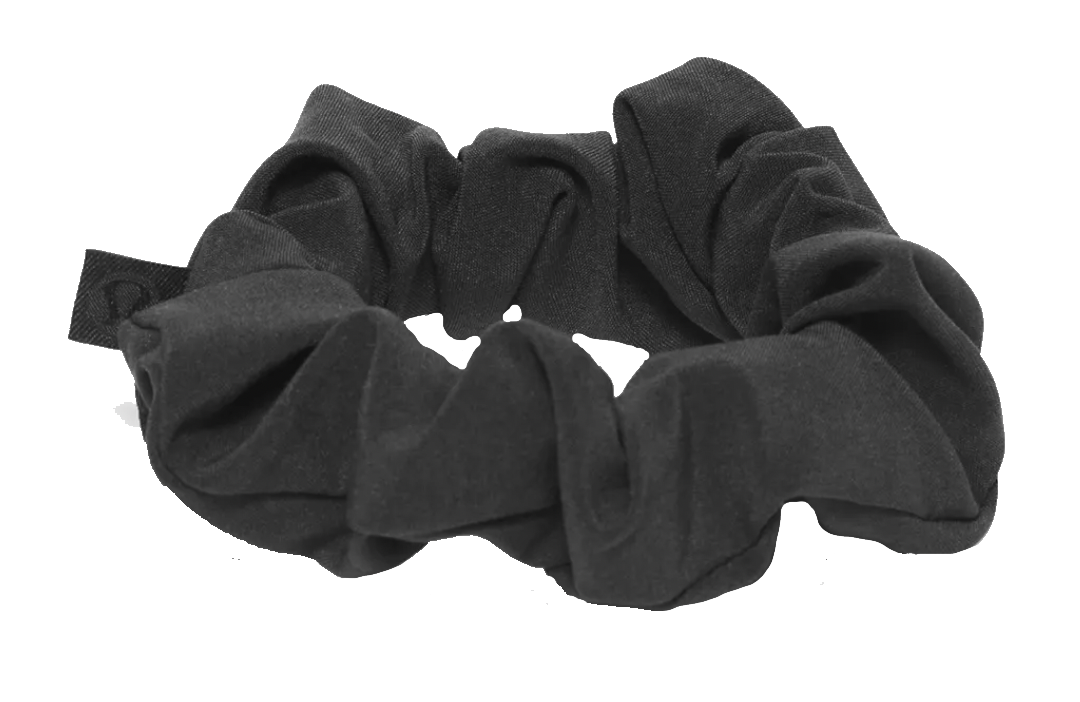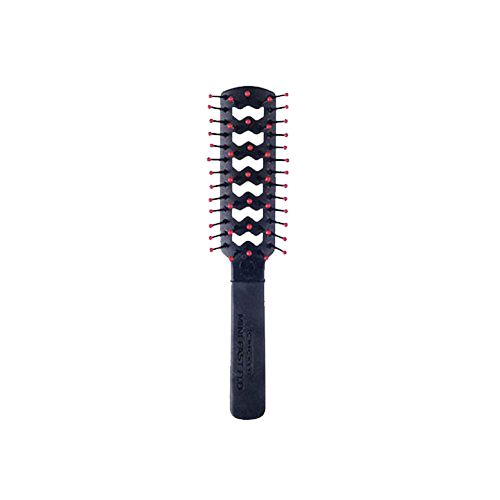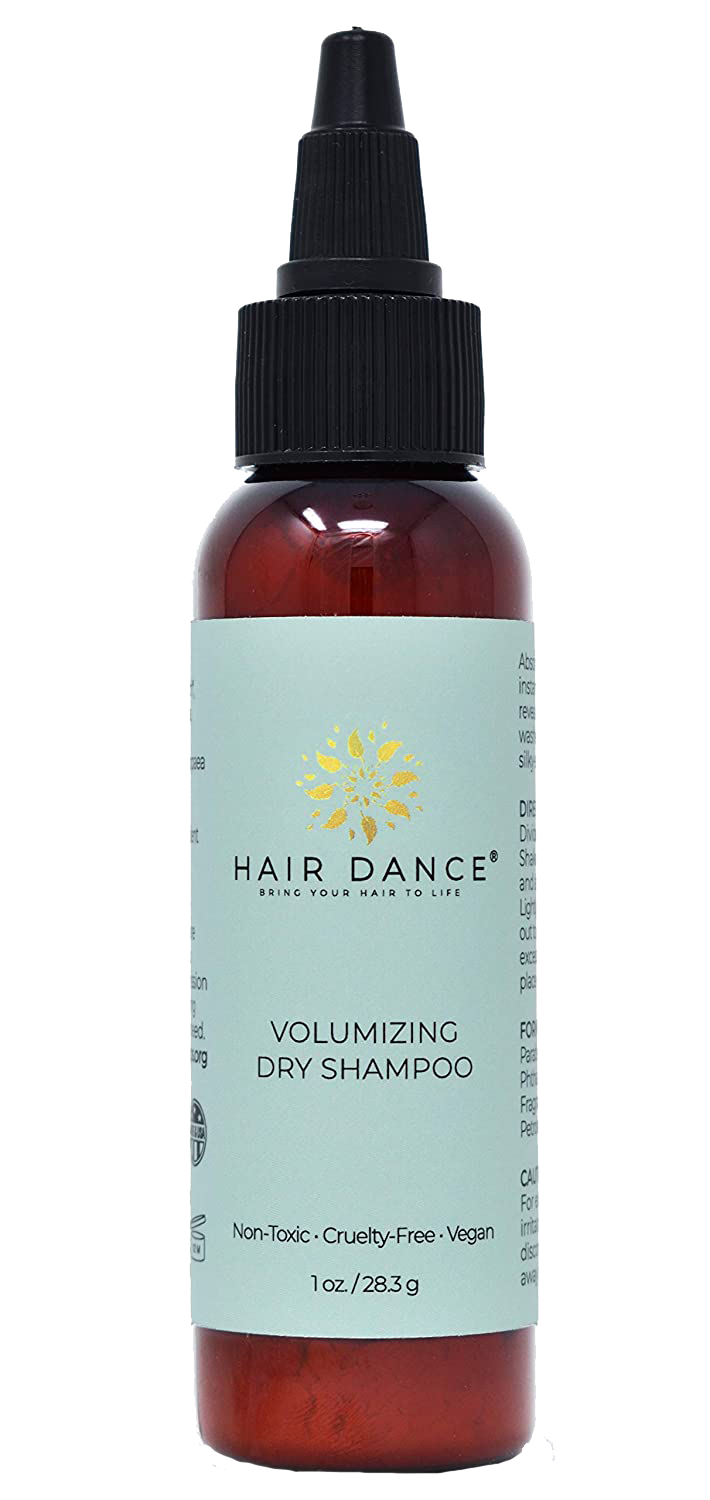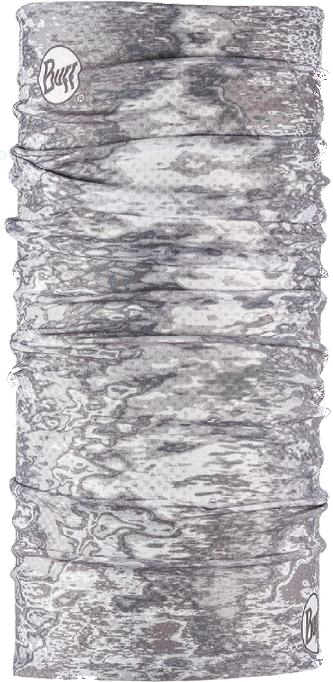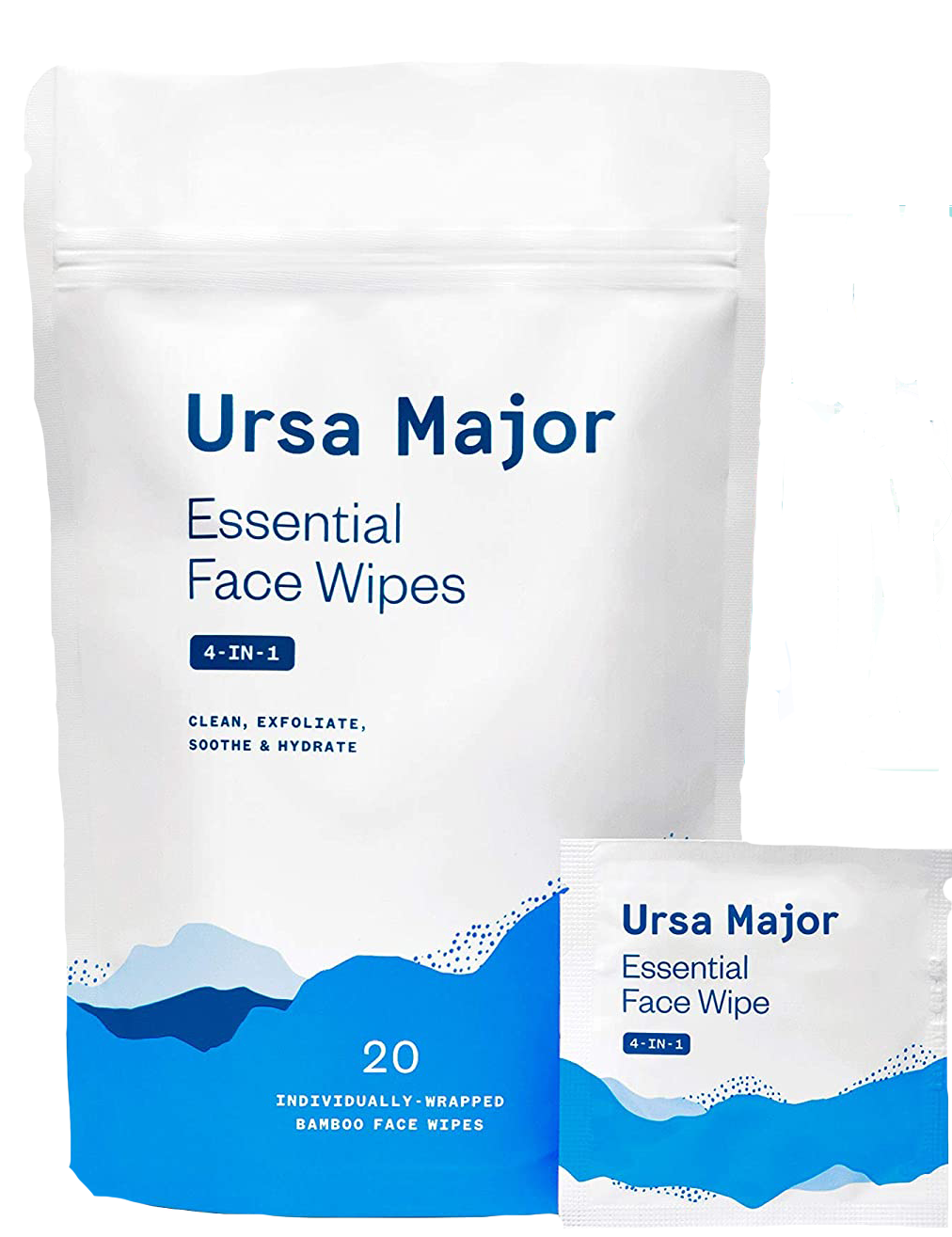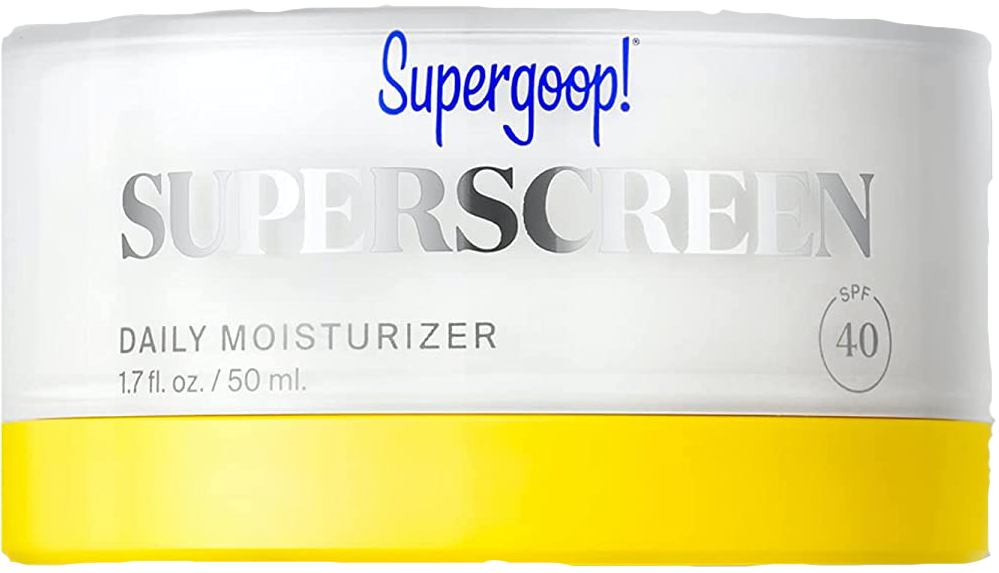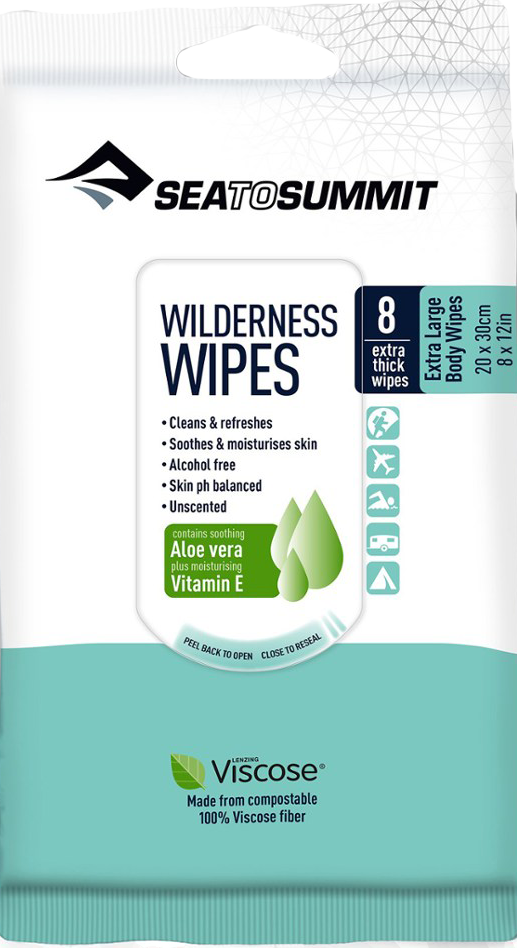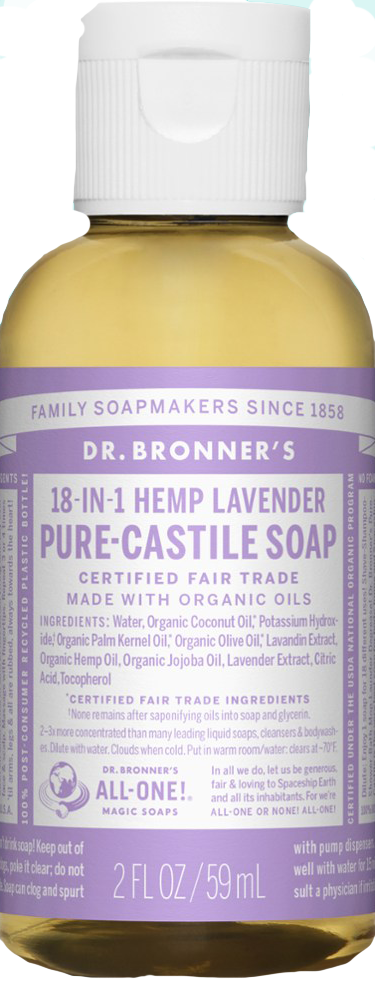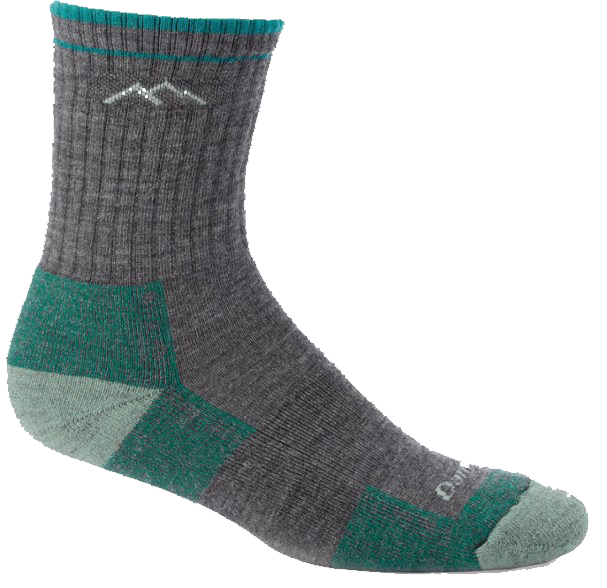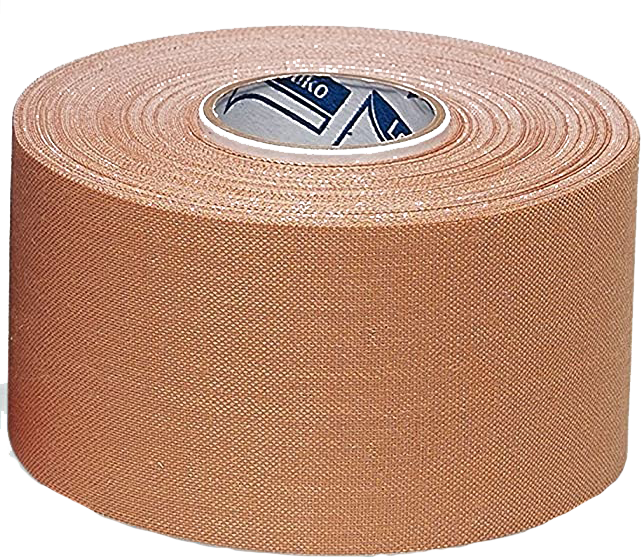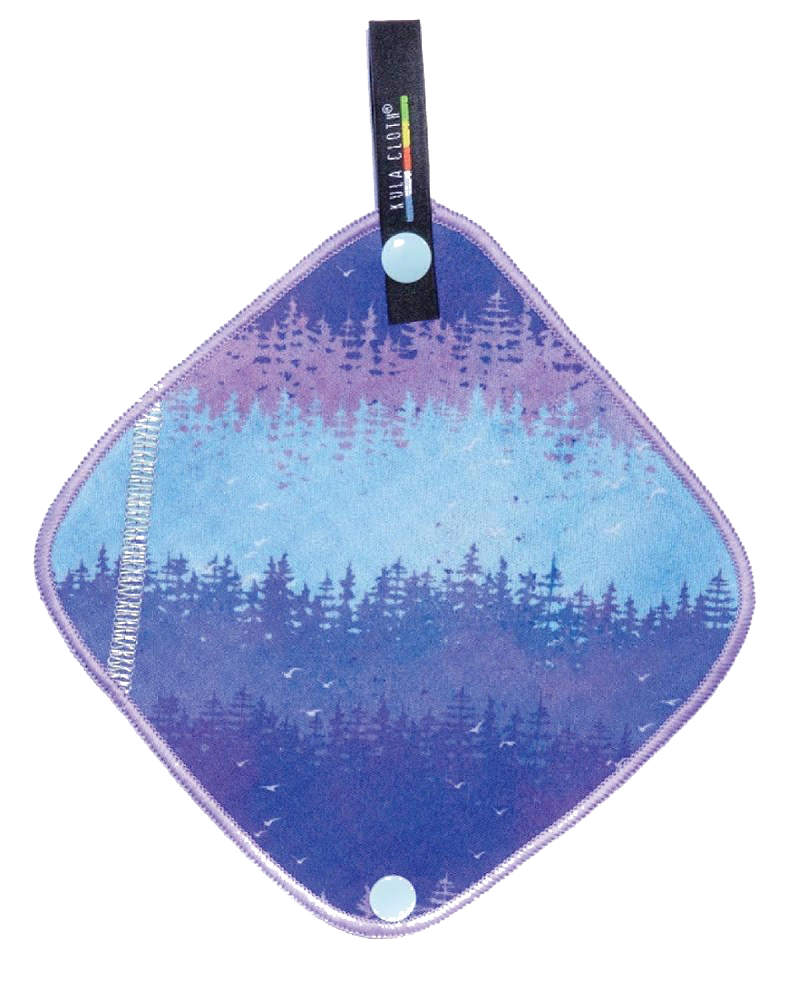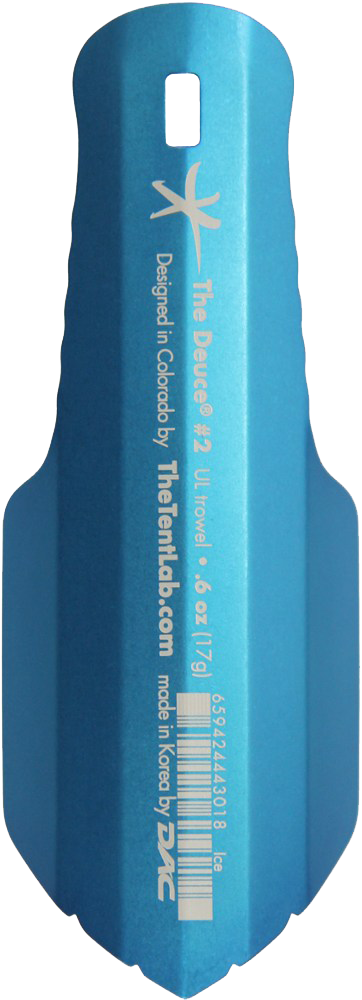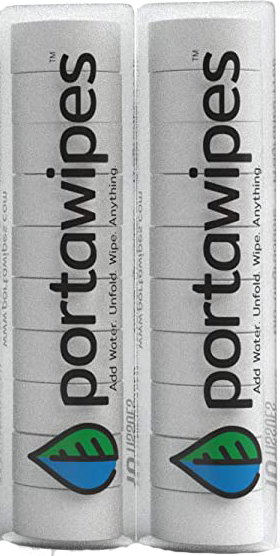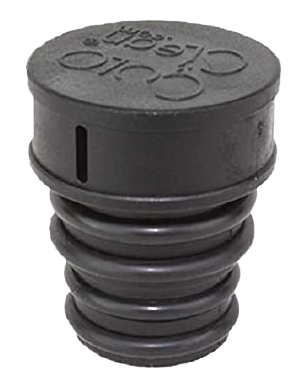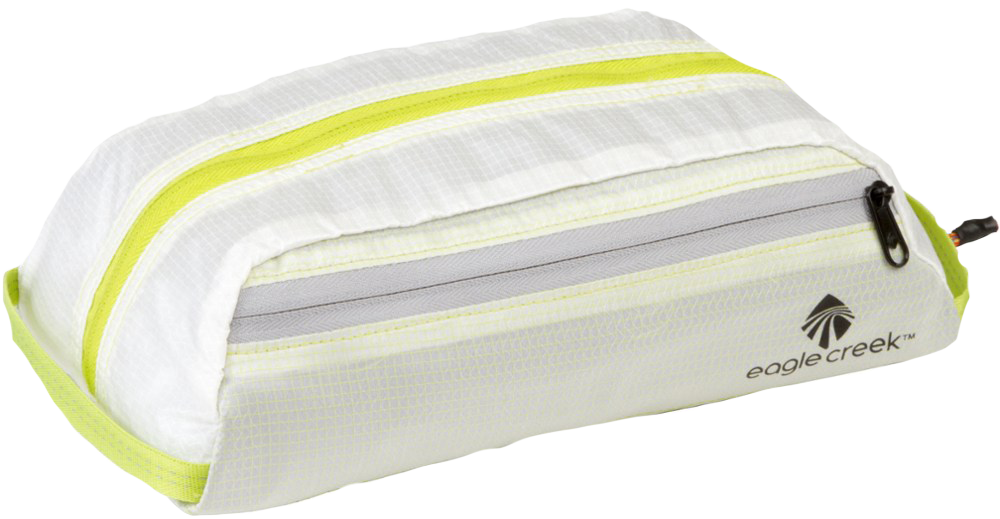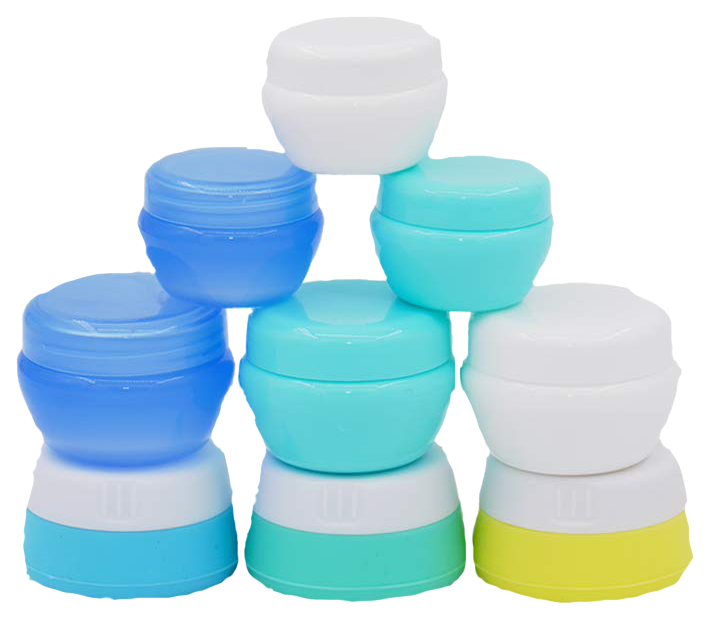The Complete Guide to Staying Clean in the Backcountry
How do you go to the bathroom outside? Do you shower at all? How does your hair stay so nice? What’s your skincare routine while you’re out there? What happens if you get your period while you’re backpacking? The questions go on…
Hygiene is a necessary part of our health and something we should always be conscious of no matter what we’re doing. However, when you’re in the backcountry it’s easy to forget about it. You don’t have a shower, toilet, sink, or laundry, so it’s hard to maintain a normal routine. If you plan out your hygiene before your trip, you’ll feel more comfortable and help avoid getting sick.
This blog post will dig into anything and everything related to outdoor hygiene based on both my personal experience and research. Please remember this is what I personally do and not necessarily the only way to do it. Do what works best for you while still following Leave No Trace.
Why is it important to follow Leave No Trace?
The Leave No Trace principles are important to understand in order to practice good outdoor hygiene. They’re essential to reduce impact on the environment and to leave as little of a “footprint” as possible. If you aren’t familiar with the Leave No Trace principles, please check out my blog post to learn more.
Throughout this post, you’ll learn exactly which Leave No Trace principles are necessary to remember to practice good outdoor hygiene.
Let’s jump right into the basics of outdoor hygiene.
Oral Hygiene
As you all know, brushing and flossing your teeth are essential to prevent bad breath, bacteria build-up, cavities, and tooth decay. When you’re camping it’s still just as important, but sometimes can be easy to forget or hard to do with limited water availability. I like to brush my teeth as soon as I wake up and right after I eat dinner so that I’m not already hiking or already curled up in my sleeping bag ready to go to bed.
When brushing your teeth, make sure to walk far away from your campsite to spit. The spit should be sprayed in as vast an area as possible to reduce the chance of harming a plant or getting an animal sick.
I like to use a travel toothbrush and mini toothpaste to minimize weight. You may choose to use toothpaste chew tablets instead. They turn into toothpaste when you chew them. I personally don’t like the taste of these but I know people who use them and love them!
As your dentist always tells you, don’t forget to floss! I bring pieces of floss that I rip off for each day of my backpacking trip and loosely place them in a pocket of my toiletry bag. This saves space and weight.
Hair
I naturally have very long, thick, wavy hair that gets oily very quickly, so this was honestly my biggest worry when I first started backpacking. How could I go days without showering and still keep my hair untangled, not extremely oily, and still looking normal for pictures? After a lot of trial and error, I found what works for me.
My first piece of advice is to start oil training your hair now! Try to go multiple days at home without washing it so that your scalp starts to minimize oil production.
While on trail, I wear my hair in a low ponytail with a scrunchie. I have found that a scrunchie tends to create less damage and less creasing than a normal hair tie. You can also wear it in a low bun or braids if that works better for you. Make sure to bring a mini hairbrush or comb and brush your hair OFTEN. I brush it 2-3 times a day to avoid any knots.
Lastly, if I’m on trail for more than a weekend trip, I bring a very small bottle of dry shampoo to put on the roots. Dry shampoo helps to absorb oils and prevent both a greasy and itchy scalp.
Skincare
I’ll stress for this one that you should do what works for you and makes you feel the most comfortable. If you want to stick to your normal nighttime routine from home, do it. If you want to wear makeup on trail, do it. If you want to do nothing for your skin, do it. There’s no right or wrong way.
I’m somewhere in the middle. If I’m near a water source, I first like to splash water on my face to rinse it off. I use my buff to dry it off. I then like to use face wipes to “wash” my face in the morning and night. To save space and weight, I use half a wipe each time. I then use an SPF face moisturizer in the morning and sometimes a night cream if I’m feeling very luxurious. Both of these items I repackage into tiny reusable travel containers. I found this routine to be perfect for me.
It’s also important to remember that your skin may get extremely dry if you’re headed to high altitudes. If you’re prone to dry skin, remember to bring a good moisturizer to prevent peeling or cracking.
Deodorant
Everyone always tells me that I don’t need deodorant while backpacking because I’ll stink no matter what. Yes, I’ll definitely stink no matter what but there’s something so gross to me about smelling my own body odor. I bring a travel size deodorant and it’s 100% worth it for me.
If you’re heading to bear country, make sure to store your deodorant and any other scented items (soap, toothpaste, moisturizer, etc.) in your bear canister!
Bathing
While backpacking, I like to bring body wipes to wipe down at the end of each day. I personally like to feel clean when I snuggle into my sleeping bag. If I’m lucky enough to be near a lake, I’ll sometimes rinse off by jumping in. It’s important to remember that you should remove sunscreen, bug spray, soaps/shampoos, or anything else on your body before getting into the water. Any of these can be harmful to the environment.
If you do want to bathe in the water, please don’t do so directly in the source. Even with biodegradable soaps! You can carry the water 200 feet away from the water source (I like to fill up my bear canister with water) then bury the suds in a 6-8 inch “cathole” after use.
Underwear
This one is extremely important for my ladies! Make sure to bring moisture wicking and breathable underwear (and an extra pair!) to avoid getting a yeast infection or UTI. If you’re out backpacking for a long period of time, let your body breathe as much as you can. If you have the option, skinny dipping is honestly a great choice haha.
Sometimes I’ll bring a couple of pH wipes to use at night to ensure I’m staying clean and balanced down there.
Laundry
Laundry is only necessary if you’re out backpacking for a long period of time. I like to always carry at least two pairs of underwear and socks so that I can alternate washing and wearing each.
In order to do laundry while still practicing Leave No Trace, I use either my bear canister or a gallon-size ziplock bag. I fill it with water and biodegradable soap, scrub the clothing, rinse them with clean water, then hang them up to dry (you can hang them on the outside of your backpack if they don’t dry overnight!). Make sure to do the washing 200 feet away from your water source and bury all soapy water in a cathole after you’re done.
Foot Care
If you don’t have happy feet, you won’t be a happy hiker. It’s SO important to take care of them as much as you can. Here are my top tips for happy feet:
Wear high quality, moisture-wicking socks. You want your feet to be properly cushioned while staying cool. I love my Darn Tough socks.
Keep your feet clean! Air them out when you take breaks and soak them in water when you can.
Prevent blisters by wearing correct size shoes and breaking them in. If you start to feel a hot spot, proactively put Leukotape (or other blister treatment) on it.
If you do get a blister, you can either keep the blister padded or pop it with a clean needle. Make sure to keep it as clean as possible if you choose to pop it so that it doesn’t get infected.
Trim your nails often! The last thing you’ll want to deal with is an ingrown toe nail. Eek!
Peeing
If you’re a guy, this is self-explanatory.
If you’re a woman and haven’t tried this yet, it’s easy to learn. First, you’ll want to find a private spot that’s at least 200 feet away from any water source and preferably not on live plants, then you’ll squat and do your thing! To prevent splashing, avoid peeing on a rocky area. I like to use a pee rag to wipe and I highly recommend this over “drip drying” to prevent getting a UTI. The main way to avoid getting a UTI is proper hygiene down there. Pee rags are antimicrobial, antibacterial, and help to limit waste. No matter which method of wiping you choose to use, make sure to always keep that area clean to avoid an infection.
You may choose to try out a female urination device to eliminate the need to pull down your pants and squat. I have not tried these out before but have heard they work pretty well. You have to make sure to pee slowly if you can so it doesn’t overflow!!!
The most important thing to remember is to stay hydrated and to never hold in your pee if you need to pee. This can cause many medical issues and can also make your body colder as your body has to use more energy to keep your urine warm.
Pooping
The topic we’ve all been waiting for!
Pooping in the woods can be intimidating to anyone, both men and women. I’ll go through all the backcountry pooping basics so that you can feel more comfortable once you’re out there!
Make sure to go at least 200 feet away from water sources, roads, and trails. This will reduce the chance of someone else digging up your poop or the chance of bacteria making its way into the water sources.
Dig a cathole with a trowel that’s 6-8 inches deep to bury your poop. This will hide it, prevent it from washing into a water source, and keep animals from finding it.
Pack it in, pack it out! If you use toilet paper, please do not bury it. Although some people say this is ok, it’s very likely that an animal will find it and leave it somewhere else.
I like to use Portawipes instead of toilet paper to wipe. They are dehydrated, coin-sized wipes that only need a few drops of water to expand. I use one wipe each time I go then pack it out in a doggy bag or any type of resealable bag. Another option is to use a portable bidet. I’ve heard great things but have yet to try it out.
After you do your business, fill the hole back up and cover it with a rock. Then use some hand sanitizer!
Some places require you to pack out your poop in Wag Bags so make sure to check the regulations before you go. This is mostly for areas at high altitude where poop takes way longer to biodegrade.
Periods
For my ladies.
I personally have an arm implant for my birth control and do not get a period, so this information is from friends and research.
Menstrual cups: This seems to be the best option. They’re easy to use and waste-free. When dumping out the cup, make sure to bury it in a hole that’s 6-8 inch deep and 200 feet away from any water source.
Pads or tampons: If you prefer to stick with this option, make sure you remember that you must pack out everything! They also weigh a lot more which is something to keep in mind while backpacking.
Shaving
If you’re going on a super long trip, you may want to shave. If you do, you can use some soap and water 200 feet away from a water source and dispose of your shaved hair and suds in a 6-8 inch deep “cathole”.
Otherwise, embrace the body hair ladies, and grow out those beards boys!
How to pack toiletries
I pack my toiletries in an Eagle Creek Pact-It Toiletry Bag. It’s lightweight, compartmentalized, and fits everything I need. I repackage any moisturizers into small reusable travel containers.
That’s everything you need to know to stay (somewhat) clean and put together in the backcountry! It’s never easy to go days without showering, but there are definitely ways to make yourself feel more comfortable. Do what works best for you while always following Leave No Trace!
Let me know what your outdoor hygiene routine is like and if you have additional tips that you’d like to share.
*Please note that some of the links in this post are affiliate links and I may earn a small commission if you choose to make a purchase – at no additional cost to you. As an Amazon Associate I earn from qualifying purchases. These funds help make it possible for me to provide you with these resources. Thank you!
